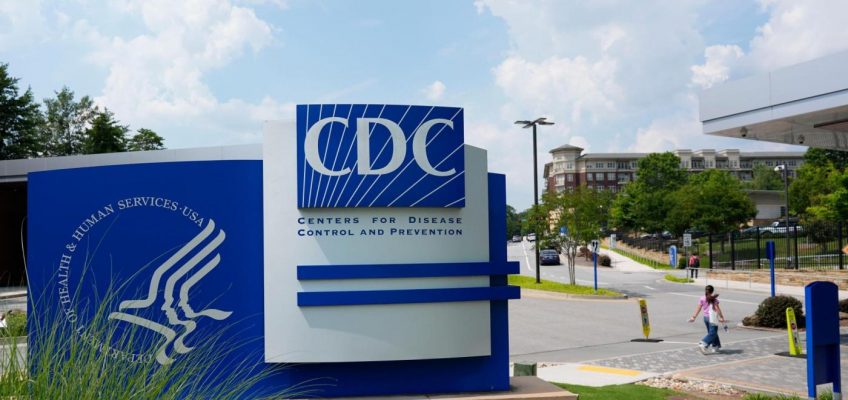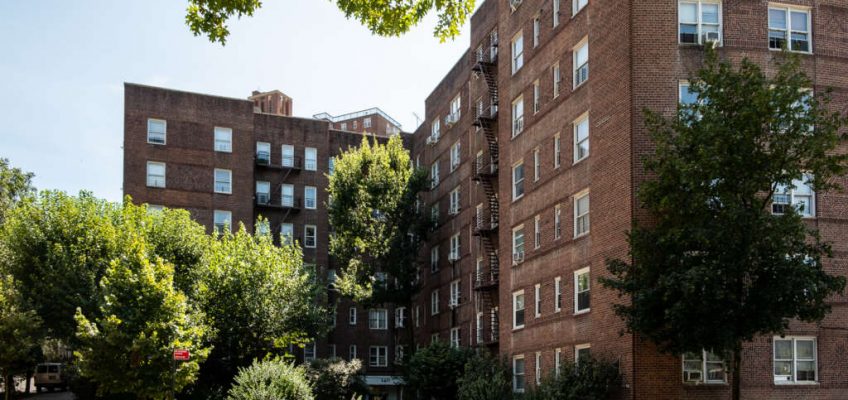ROCHESTER, Minn. — An Olmsted County jury awarded $7.6 million to a plaintiff who alleged clergy sexual misconduct and filed a lawsuit against the Diocese of Winona.
The jury returned its verdict Monday after a weeklong trial to determine the damages.
The plaintiff, referred to as Doe 254, filed the complaint for a personal injury lawsuit in 2021 related to allegations of abuse in the 1970s. The case alleged three counts relating to negligence and demanded payment for the damages in excess of $50,000.
This case is a result of the Minnesota Child Victims Act of 2013, which lifted the statute of limitations on past claims of child sexual abuse for a three-year period that ended in August 2016. More than 100 claims of child sexual abuse by clergy arose after the act was passed.
Before the trial, the diocese’s attorneys filed a proposed statement that the diocese admitted negligence. The trial became an abbreviated one, focused on determining the damages owed to Doe 254.
Of the $7.6 million awarded, the jury determined that $7 million will compensate Doe 254 for past damages, including “past pain, disability, embarrassment, emotional distress.” The jury allocated $500,000 to compensate the plaintiff for future damages. The remaining $100,000 will cover the plaintiff’s health care expenses.
“The result of what the jury did yesterday was one of the best and greatest moments … that I’ve had,” said attorney Jeff Anderson, who represented Doe 254. Anderson, of Jeff Anderson and Associates in St. Paul, has worked with survivors for 42 years.
During his opening statement, Anderson introduced the plaintiff as a 68-year-old Rochester man. When the plaintiff was 16, Joseph Cashman, a former priest of the Diocese of Winona-Rochester, began sexually abusing him.
“Father Cashman sees opportunity. Father Cashman sees vulnerability,” Anderson said, according to court transcripts. “This priest is popular – he’s prominent among the kids, and the principal of the school. And he targets (Doe 254).”
The abuse occurred from 1973 to 1976. Cashman now lives in Dallas, according to Anderson’s law firm.
Anderson said the verdict came “as one of great relief” to his client.
“He feels that he has done something real to expose the problems in the diocese and in the Catholic Church hierarchy,” Anderson said, “so that other kids will be protected — and that was his first and most important priority.”
A statement from Vicar General Rev. William Thompson of the Diocese of Winona-Rochester said Cashman was ordained a priest in 1960 and served as principal of Lourdes High School from 1970 to 1977. He was suspended from the ministry in 1992.
“This verdict is part of the Diocese of Winona-Rochester’s bankruptcy reorganization, wherein the Diocese paid $22,056,000 in damages to survivors of child sexual abuse. Because of the prior funding of damages within the bankruptcy reorganization plan, the money damages awarded by the jury in this proceeding will not require any additional financial contribution by the Diocese of Winona-Rochester or its parishes or schools,” the statement said.
Following the national Charter for the Protection of Children and Young People, the Diocese of Winona-Rochester continues to be “committed to ongoing transparency and to providing and maintaining a safe environment for all,” Thompson wrote.
“We pray for the survivor that was involved in this case, as well as all individuals who have been affected by clergy abuse,” he said.
In 2025, three new personal injury lawsuits alleging sexual misconduct were filed against the Diocese of Winona. The date the complaints were originally drafted showed that the lawsuits have been in the works for more than nine years.
Anderson, who’s representing the plaintiffs in these cases, said they hope this outcome can “blaze a trail for other survivors.” The remaining open cases have hearings scheduled in October and January 2026, he said.
Related Articles
Letters: Is the law sacred, or is it only sacred when it suits a political agenda?
Northern MN woman’s summer kimonos ‘drop dead gorgeous’ for mosquitoes
Disabled American Veterans of Minnesota marks 100 years with time capsule
St. Cloud trooper dies in reported drowning in South Dakota lake
Cross-country campers rescue motorist after accident at Minnesota rest area




